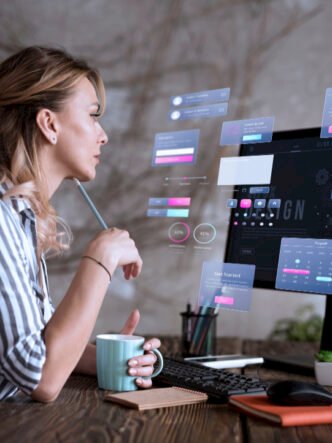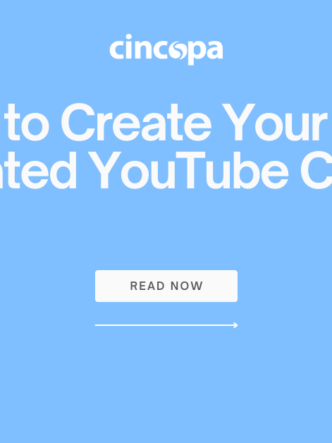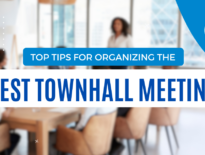
Businesses are often under a lot of pressure to keep up with visual trends. Yet, knowing whether your brand should embrace the latest aesthetic directions or not can be a difficult decision to make.
After all, continually proving that your organization is a relevant (and hopefully) trailblazing industry entity can hugely depend on your capability of adopting current trends. Nonetheless, eschewing your brand’s well-established visual identity to come off as trendy for a week or two can be a huge mistake. And it could seriously harm your business’s chances of reaching long-term success.
So, if you want to know if visual trends should apply to your brand, here’s everything you must consider before jumping on the wagon once the next fad comes around.
The Pros & Cons of Following Visual and Marketing Trends
When deciding whether or not your brand should adopt the latest visual fads, you must understand one thing: consumers’ views of businesses are often tied to aesthetic elements.
Research shows that first impressions of brand websites are 94% design-related. They’re frequently made in as little as 50 milliseconds. And if that’s not enough to convince you of the cruciality of defining (and staying true to) your brand’s visual identity, remember that 75% of consumers remember brands based on logos. Plus, 50% of people are more inclined to shop with businesses whose logos they recognize.
But having a well-established visual identity doesn’t mean you shouldn’t or can’t have fun with the latest movements in your industry.
In fact, keeping your business relevant to your target audience could require you to stay on top of the latest fashions. Nonetheless, it’s also important to understand that being trendy has its pros and cons.
The Pros of Following Visual Trends
On the one hand, keeping up with the latest developments allows your business to reach more of its target audience.
With viral visual content having the capacity to increase exposure, it can be a superb tool for attracting new prospects and engaging existing followers.
Moreover, going viral can provide the opportunity to (temporarily) boost sales. And it can even be an excellent method to reinforce your business’ role as an industry leader (or even trailblazer).
The Cons of Adopting Trends
On the other hand, mindlessly following trends can come with severe consequences.
For one, choosing the wrong fad to partake in can alienate your audience.
It could backfire on your brand’s reputation.
And it’s also worth mentioning that the latest consumer research shows that 63% of buyers aren’t even interested in following the latest trends.
With this in mind, the best way to know if visual trends apply to your brand is to base your decision not on the craze itself but on the aspect of your brand’s identity it could affect.
Four Ways to Know if Visual Trends Apply to Your Brand or Not
Now that you understand the potential benefits and drawbacks of embracing the popular visual directions for your business, it’s time to talk about when you should and shouldn’t go with the flow.
Where You Should (Almost) Never Apply Trends
One of the fundamental rules for guaranteeing that your adoption of popular aesthetic directions doesn’t harm your business is understanding that fads must never affect your brand’s core visual identity.
Visual branding plays a huge role in ensuring that your target audience sees your business in the desired way. Furthermore, logo design and colors can significantly impact brand recollection. So, when exploring possible aesthetic directions to take your business, remember that your brand’s substance must remain solid, regardless of current fashions.
Ultimately, the core elements of your business’s visual identity — the logo, colors, and typography — all communicate a clear message. And changing them, even just a little, could prevent them from doing that one crucial job.
For instance, if you check out the Shop Solar Complete Solar Panel Kits collections page, you’ll see that it’s fully optimized to follow a few core visual branding rules. The page design revolves around the color orange and an illustration of the sun, both of which denote the idea of solar energy. But changing these for a slightly different pictogram or a fashionable hue — even one that’s been lauded as the color of the year, like Viva Magenta — would compromise the message that Shop Solar’s visual branding elements so clearly communicate in their original form.
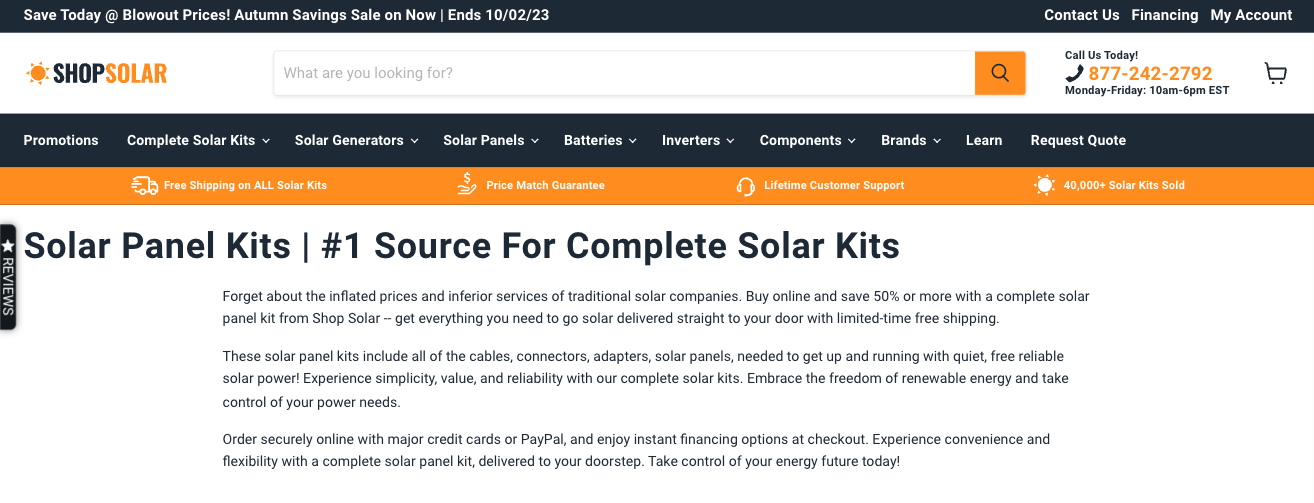
Source: shopsolar.com
Of course, this doesn’t mean that logos and brand colors should never be updated to be more in line with current visual trends. After all, Pringles did it relatively successfully back in 2021.

Source: twitter.com
But when such changes are made, they should be well-thought-through, logical, and never stray from the original design to the point of sacrificing brand recollection.
The Sometimes Category: Parts of Your Marketing Strategies That Could Benefit From Embracing Trends
Knowing that fads that come and go should never impact your brand’s core identity, it’s time to look at aspects of your branding that you could potentially adjust to align with relevant industry tendencies.
For instance, seeing that many ecommerce businesses sell seasonal products (or even change their offer based on the time of the year), it’s only natural that they should change up parts of their website design to reflect what’s currently in vogue.
If you look at fashion brands like A.L.C., you’ll notice that they regularly update hero section images to reflect the time of the year and show off the newest additions to their product lists.
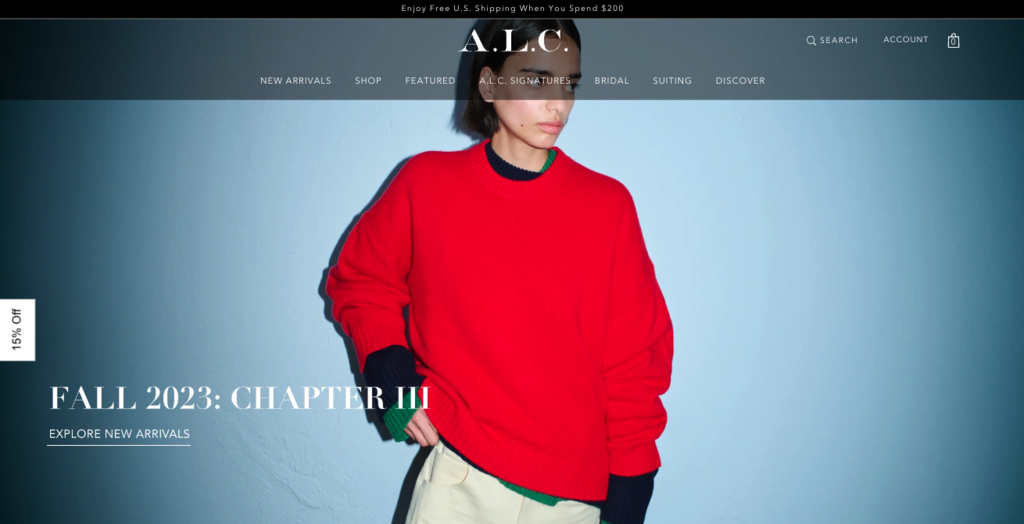
And the same goes for your content pages and social media feed.
If you notice that a specific aesthetic direction appeals to your audience, feel free to embrace it in your online presence and use it to propel your business forward.
This is what Going does on its landing page for cheap airline flights. In the “popular routes” section, the brand introduces web visitors to destinations that are picking up a lot of interest. But what shows Going’s understanding of the power of being in vogue are the highly attractive, trendy-looking images used to depict these destinations. Understanding that its audience wants novelty, Going chooses visuals that are on-trend, attention-grabbing, and even look a bit dreamy, which is a super-successful strategy for getting consumers to convert in a market where most people are itching to make up for all the travel they had to forego due to the Covid-19 restrictions.
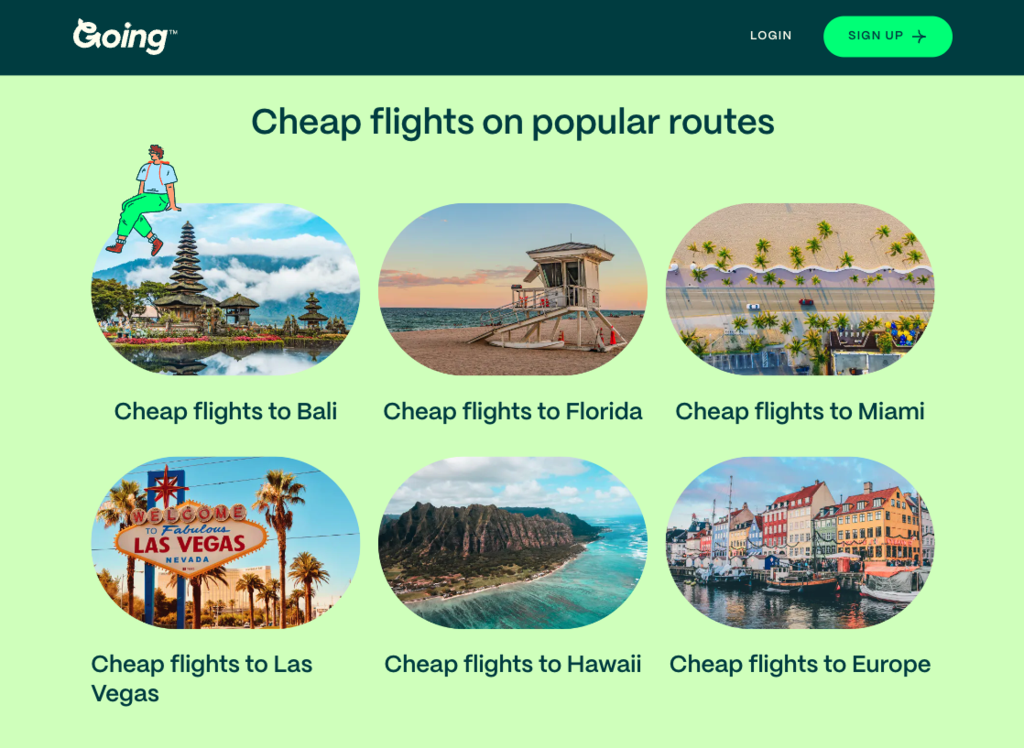 Source: going.com
Source: going.com
Going to Town: Using Visual Trends to Build Exposure for Your Brand
There are situations where visual trends shouldn’t apply to your brand. And there are others where fads could, with the right approach, help you reach your business goals.
But if you’re interested in harnessing the power of the latest rage to build exposure for your brand, especially by boosting awareness, engagement, or sales, understand that adopting the latest visual trends could very well be what you need to help your business stand out.
For instance, if you’re trying to make your brand seen and increase its relevance in short-attention-span spaces, trendy ephemeral content could be the perfect tool to materialize your intentions.
Check out the Duolingo Instagram page. You’ll see that the brand used the visual elements of Barbiemania (which took the online world by storm this year) to call followers’ attention to the fact that the app received a mention in the blockbuster film and encourage social media and in-app engagement amongst its target audience.
 Source: instagram.com
Source: instagram.com
Similarly, you can employ visual trends to boost ecommerce sales.
For example, you can look up to FOCL, a brand that understands the emotional allure of anything pumpkin-spice-themed in autumn. By developing and releasing its special edition Pumpkin Spice Drops, this business created a product that is proven to catch attention thanks to its seasonal appropriateness. More importantly, the product would open up countless opportunities for FOCL to create fall-themed campaigns that users are guaranteed to notice as they shift their behavior from energized summer to cozy autumn vibes.
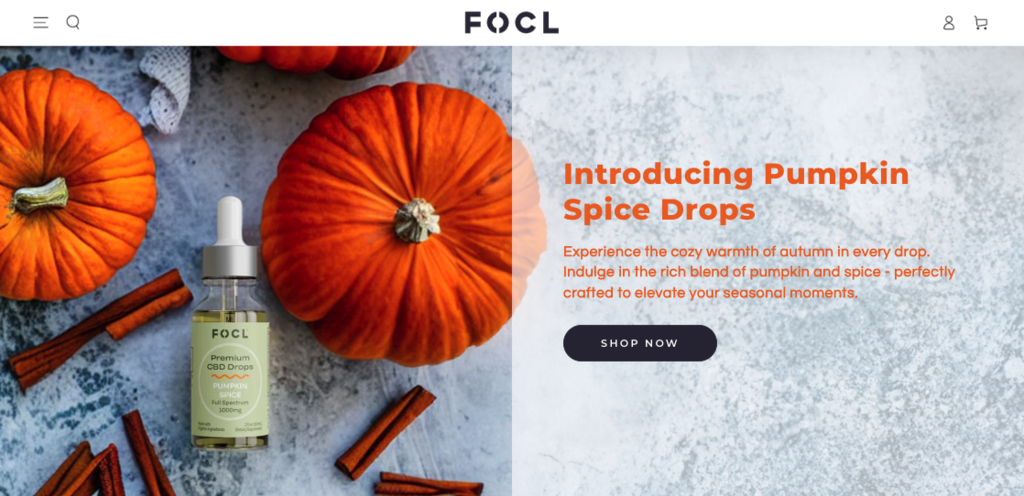 Source: focl.com
Source: focl.com
Visual Trends You Should Never Pass Over: Popular Content Formats
Lastly, remember the one situation where trends should never be ignored: popular content formats your target audience wants to see you use.
For starters, video is one of the most alluring visual formats you can use in 2023, with 95% of marketers saying that it boosts brand awareness and 87% stating that it increases website dwell time. So, if you want to reap the benefits of this trendy visual format, explore ways to add more videos to your website and social media feed, and even try embedding them on your content pages.
For instance, Aura uses a simple yet effective short video on its homepage. It employs the format to establish the metaphor of skyrocketing sales, which is repeated throughout the brand’s site.
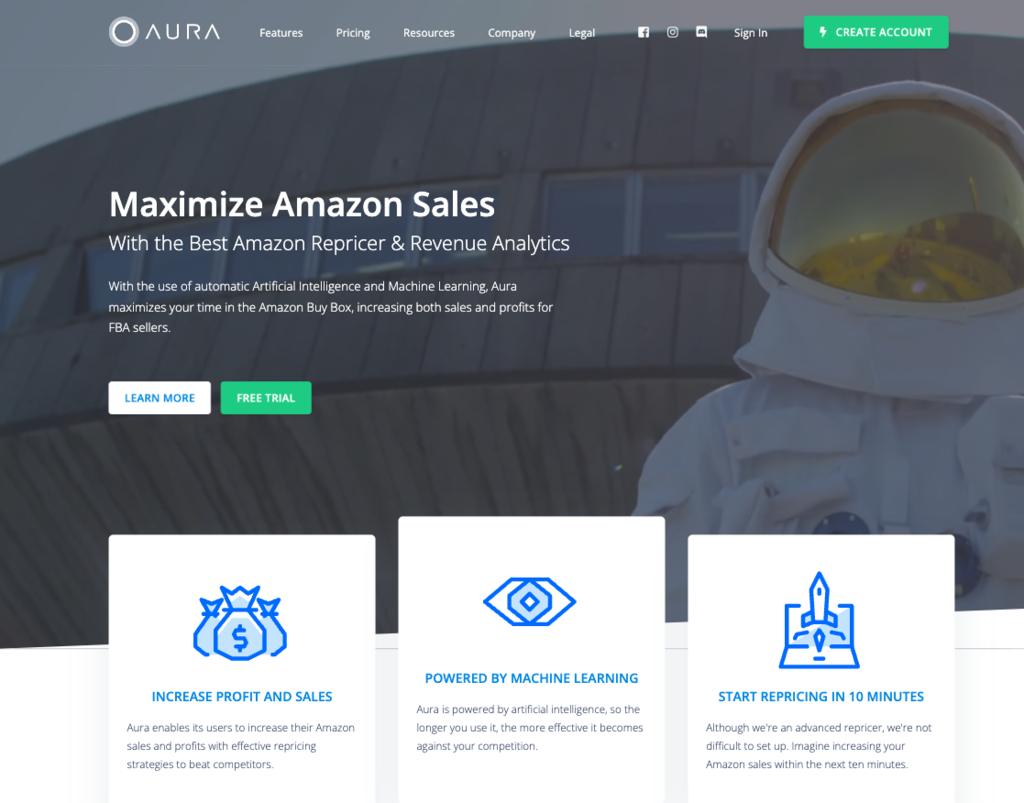 Source: goaura.com
Source: goaura.com
Another super-trendy format you can use to propel your business forward is interactive content. Thanks to its ability to deliver hyper-relevant and personalized information to consumers in all stages of the buyer’s journey, interactive content has become super popular among brands trying to capture audience attention.
As an example, you can see that the financial analyst brand MarketBeat invests a lot of its content marketing resources into developing several investing calculators, all of which serve the purpose of educating web visitors and helping them better understand their stock portfolios.
 Source: marketbeat.com
Source: marketbeat.com
Or, for a slightly different approach to the same type of content, you can check out La Roche Posay on Instagram. This business regularly posts quiz-type interactive content on social media, encouraging followers to actively engage with the brand while learning about the various ingredients in La Roche Posay’s products and thus discovering new skincare solutions for their needs.
 Source: instagram.com
Source: instagram.com
In Closing
There you have it: everything you need to know about when to apply visual trends to your brand and when to stay away from the latest crazes.
Of course, whether a particular visual trend can benefit your business is up to you to decide. After all, you’ll have to consider your business’ identity and your target audience’s preferences to know whether jumping on a craze will bring good exposure for your organization.
However, if you’re unsure whether to adopt the latest fashions or not, the safest bet is to adhere to the four rules outlined above. By doing this, you’ll give yourself enough leeway to experiment with the latest trends while successfully avoiding any faux pas that could seriously harm your brand’s reputation. Cincopa’s platform gives marketers all the tools they need to create on-brand, video search engine optimized content right to their websites and social channels. With easy-embed tools and video analytics you’re able to track and monitor how your content is performing to make the best data-driven decisions.




